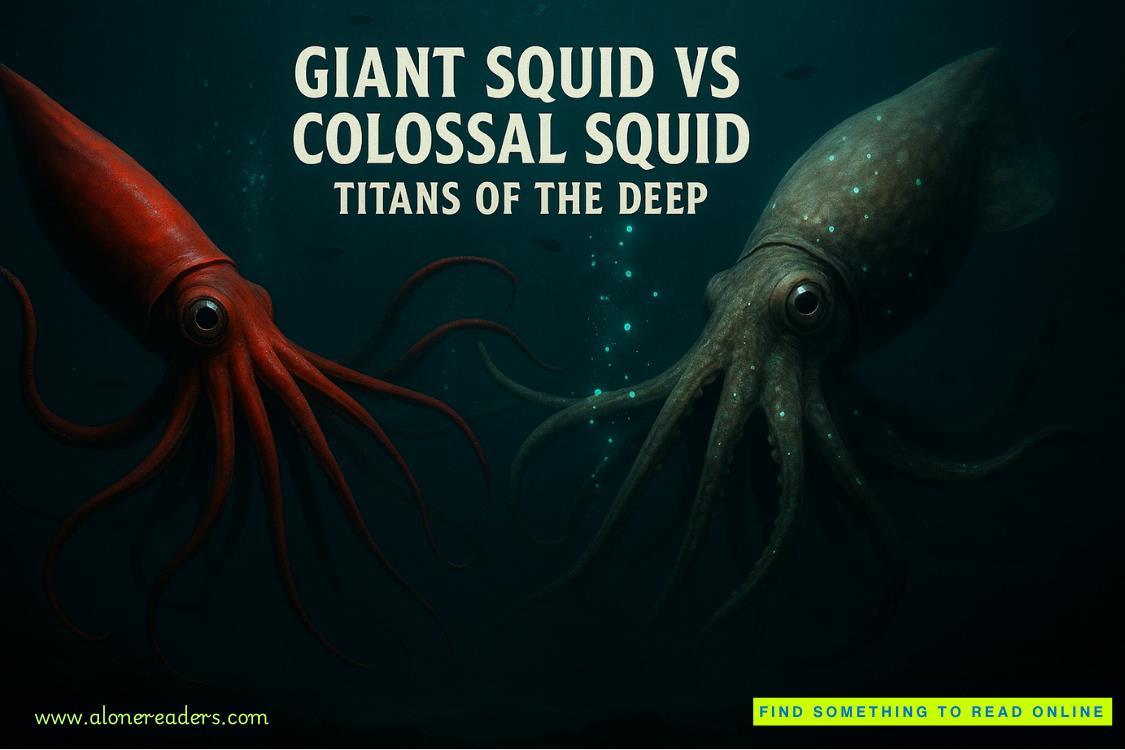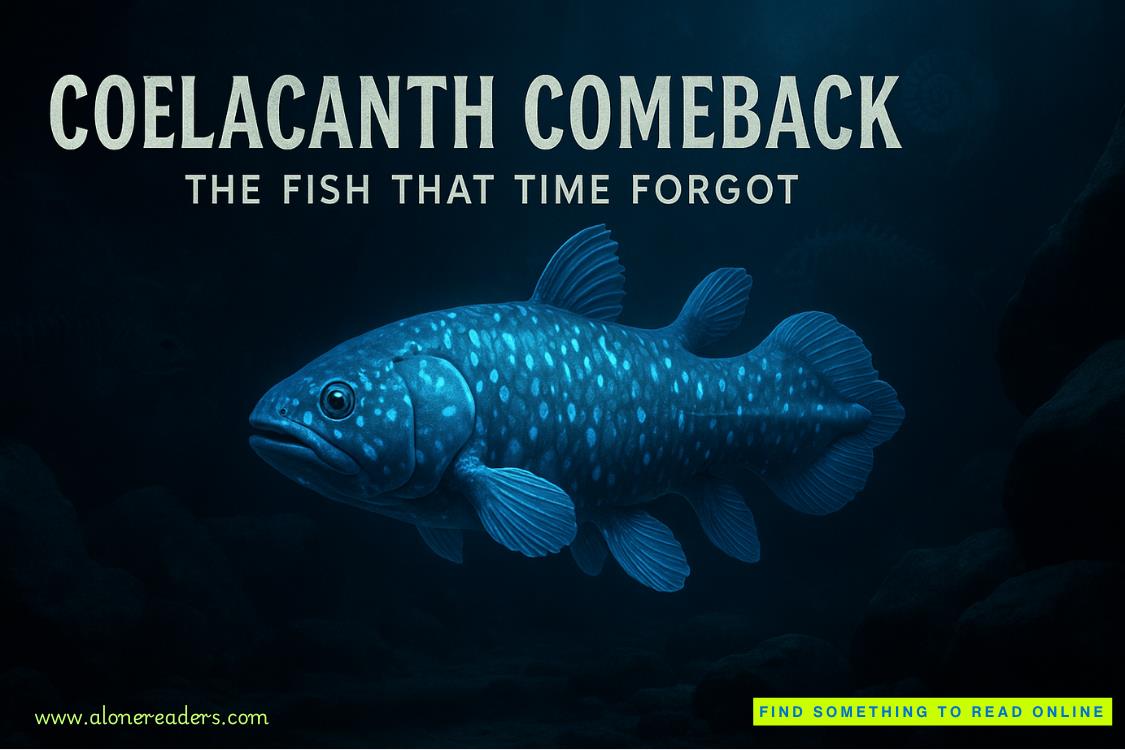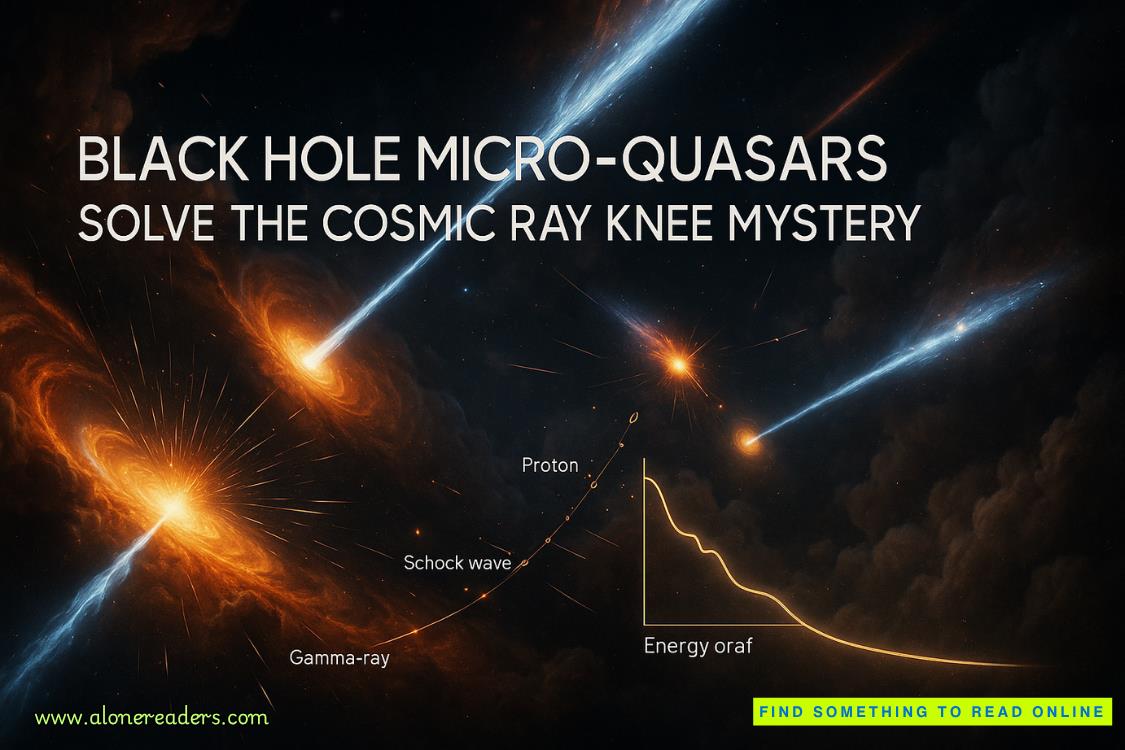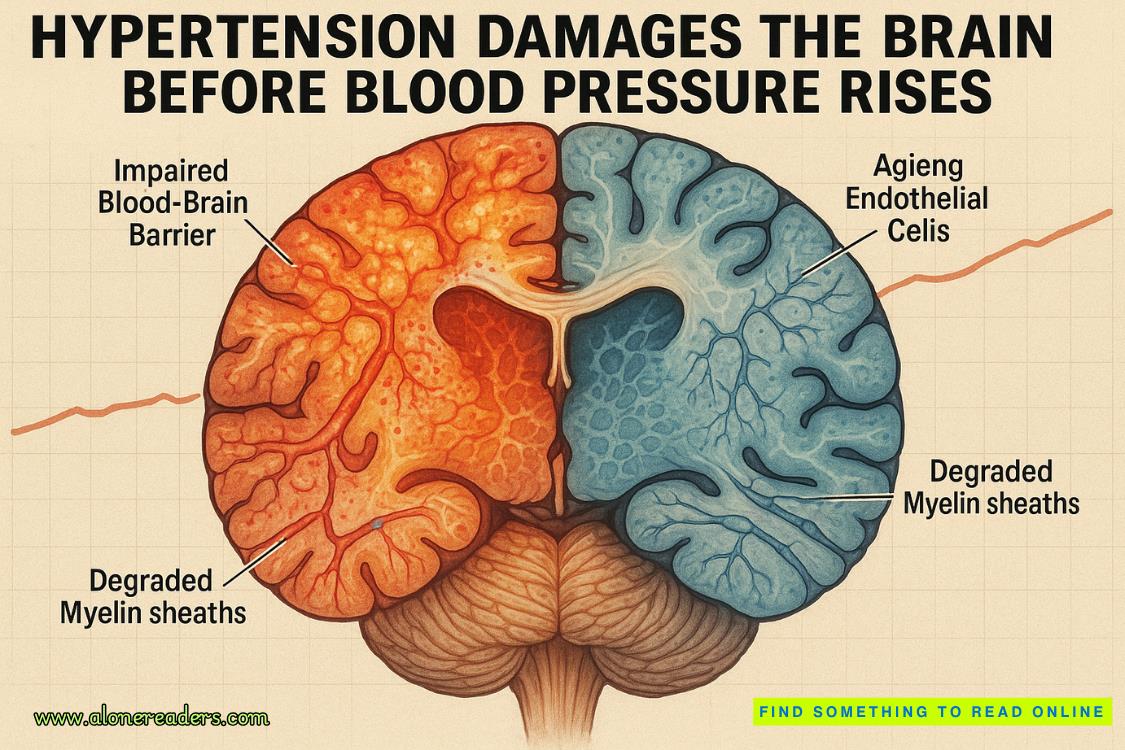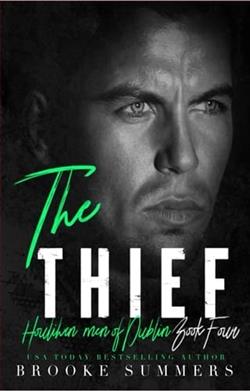Page 49 of The Cold Moon (Lincoln Rhyme 7)
"Well, I have to tell you." His voice clutched and he continued in a whisper. "He didn't just buy two clocks. He bought ten."
Chapter 11
"How many?" Rhyme said, shaking his head as he repeated what Sellitto had just told him. "He's planning ten victims?"
"Looks that way."
Sitting on either side of Rhyme in the lab, Kathryn Dance and Sellitto showed him the composite picture of the Watchmaker that the detective had made at the clock store, using EFIT--Electronic Facial Identification Technology, a computerized version of the old Identi-Kit, which reconstructed a suspect's features from witness prompts. The image was of a white man in his late forties or early fifties, with a round face, double chin, thick nose and unusually light blue eyes. The dealer had added that the killer was a little over six feet tall. His body was lean and his hair black and medium length. He wore no jewelry. Hallerstein recalled dark clothes but couldn't remember exactly what he was wearing.
Dance then recounted Hallerstein's story. A man had called the shop a month earlier, asking for a particular kind of clock--not a specific brand but any one that was compact, had a moon-phase feature and a loud tick. "Those were the most important," she said. "The moon and a loud tick."
Presumably so that the victims could hear the sound as they died.
The dealer ordered ten clocks. When they'd arrived the man came in and paid cash. He didn't give his name or where he was from or why he wanted the clocks but he knew a great deal about timepieces. They talked about collectibles, who'd recently bought certain well-known timepieces at auctions and what horologic exhibits were presently in the city.
The Watchmaker wouldn't let Hallerstein help him out to the car with the clocks. He'd made several trips, carrying them himself.
As for evidence at the shop there was very little. Hallerstein didn't do much cash business, so most of the nine hundred dollars and change that the Watchmaker had paid him was still in the till. But the dealer had told Sellitto, "Won't do you much good if you want fingerprints. He wore gloves."
Cooper scanned the money for prints anyway and found only the dealer's, which Sellitto had taken as controls. The serial numbers on the bills weren't registered anywhere. Brushing the cash for trace revealed nothing but dust with no distinguishing characteristics.
They'd tried to determine exactly when the Watchmaker had contacted the dealer and, reviewing the telephone logs, they found the likely calls. But it turned out that they'd been made from pay phones, located in downtown Manhattan.
Nothing else at Hallerstein's was of any help.
A call came in from Vice, reporting that the officers had no luck finding the prostitute Tiffanee, with e or y, in the Wall Street area. The detective said he'd keep on it but since there'd been a murder most of the girls had vanished from the neighborhood.
It was then that Rhyme's eyes settled on one entry on the evidence chart.
Soil with fish protein . . .
Dragged from vehicle to alley . . .
He then looked at the crime scene photos again. "Thom!"
"What?" the aide called from the kitchen.
"I need you."
The young man appeared instantly. "What's wrong?"
"Lie down on the floor."
"You want me to do what?"
"Lie down on the floor. And, Mel, drag him over to that table."
"I thought something was wrong," Thom said.
"It is. I need you to lie down on the floor. Now!"
The aide looked at him with an expression of wry disbelief. "You're kidding."
"Now! Hurry."
"Not on this floor."
"I tell you to wear jeans to work. You're the one who insists on overpriced slacks. Put that jacket on--the one on the hook. Then hurry up. On your back."
